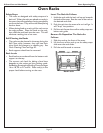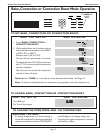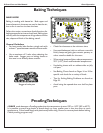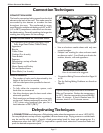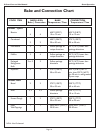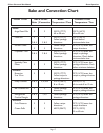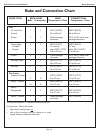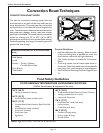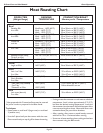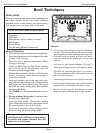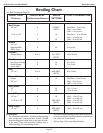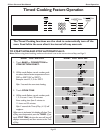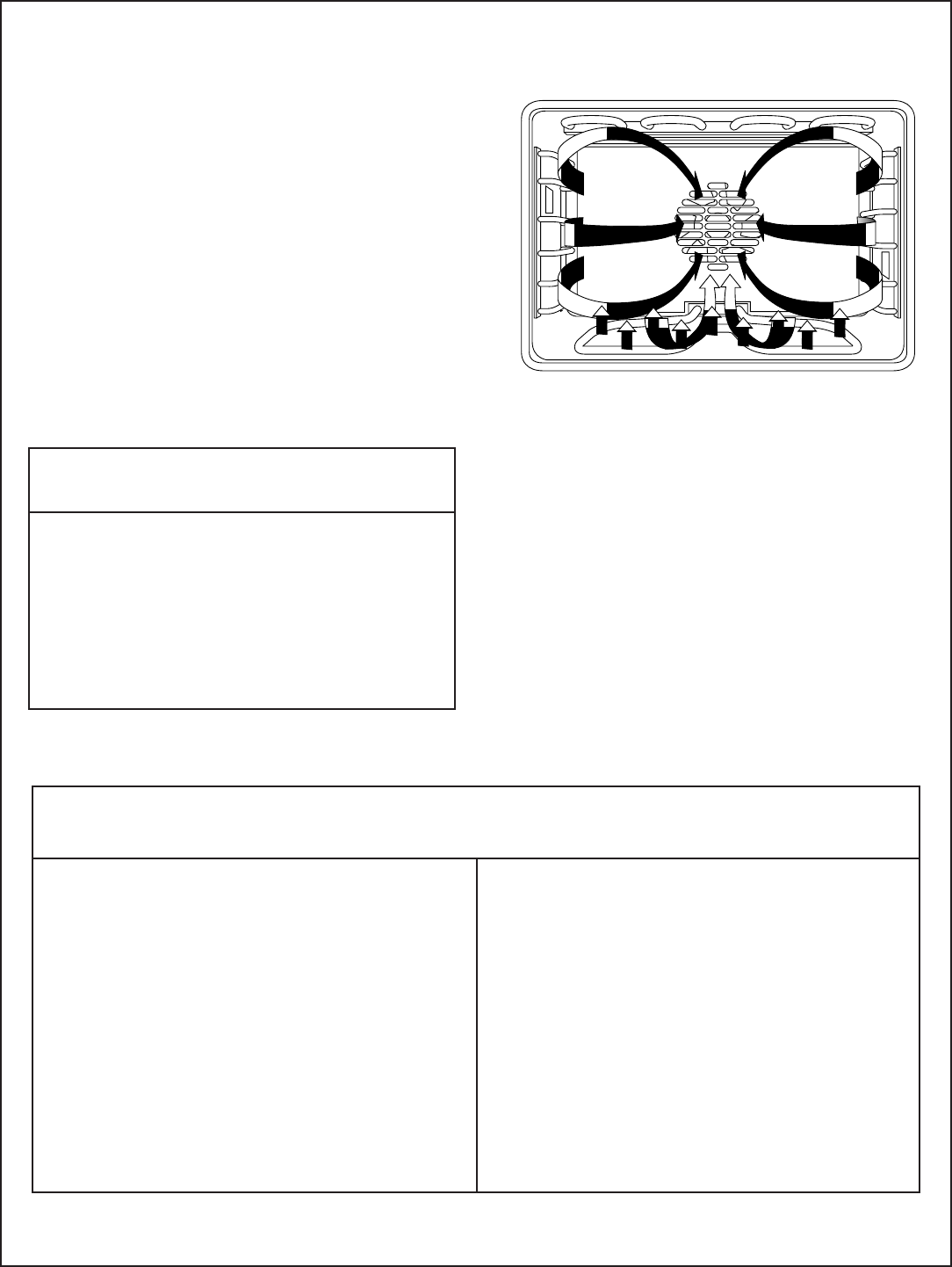
S Oven Care and Use Manual Oven Operation
Convection Roast Techniques
CONVECTION ROAST MODE
The heat for convection roasting comes from the
third element at the back of the oven and from the
lower bake element. This mode uses a fan, surrounded
by the element, to circulate the heat throughout the
oven. The combination of bottom heat and convection
heat produces a deeper, brown roast and crispier
poultry skin than Bake. This accelerated air movement
allows for roasting at a 25° to 50°F
(14º to 28ºC)
temperature reduction from a standard bake setting.
Generally speaking, the longer the cooking time the
greater the time savings.
General Guidelines
• Use low-sided pans for roasting. Allow as much
of the circulating heat as possible to reach the
food without restriction by high sided pans.
• The 2-piece broil pan is suitable for Convection
Roast.
• Cook only tender cuts of meats listed above in
this mode. Other less tender cuts of meat benefit
from long, slow, moist cooking in a covered pan.
• See Convection Roasting Charts on Pages 20 and
21.
Meats Recommended for Convection Roast
Mode:
Beef Roasts
Lamb
Poultry - Turkey, Chicken,
Cornish Game Hens
Pork Roasts
Veal Roasts
Page 19
140°F (60°C)
• Ham, pre-cooked (to reheat)
145°F (63°C)
• Fresh Beef, Veal, Lamb (medium rare)
160°F (71°C)
• Ground Meat & Meat Mixtures (Beef, Pork, Veal,
Lamb)
• Fresh Beef, Veal, Lamb (medium)
• Fresh Pork (medium)
• Fresh Ham (raw)
• Egg Dishes
FOOD SERVING TEMPERATURE GUIDELINES FROM FSIS
(USDA Food Safety & Inspection Service)
165°F (74°C)
• Ground Meat & Meat Mixtures (Turkey, Chicken)
• Stuffing (cooked alone or in bird)
• Leftovers & Casseroles
170°F (77°C)
• Fresh Beef, Veal, Lamb (well done)
• Poultry breasts
• Fresh Pork (well done)
180°F (82°C)
• Chicken & Turkey, whole
• Poultry thighs & wings
• Duck & Goose
NOTE: Eggs (not in a dish) – cook until yolk & white are firm.
Food Safety Guidelines




